Related Research Articles

The National Socialist Movement in the Netherlands was a Dutch fascist and later Nazi political organisation that eventually became a political party. As a parliamentary party participating in legislative elections, the NSB had some success during the 1930s. Under German occupation, it remained the only legal party in the Netherlands during most of the Second World War.

Anton Adriaan Mussert was a Dutch politician who co-founded the National Socialist Movement in the Netherlands (NSB) in 1931 and served as its leader until the party was banned in 1945. As such, he was the most prominent Dutch fascist before and during World War II. Mussert collaborated with the German occupation government, but was granted little actual power and held the nominal title of Leider van het Nederlandsche Volk from 1942 onwards. In May 1945, as the war came to an end in Europe, Mussert was captured and arrested by Allied forces. He was charged and convicted of treason, and was executed in 1946.

Despite Dutch neutrality, Nazi Germany invaded the Netherlands on 10 May 1940 as part of Fall Gelb. On 15 May 1940, one day after the bombing of Rotterdam, the Dutch forces surrendered. The Dutch government and the royal family relocated to London. Princess Juliana and her children sought refuge in Ottawa, Canada until after the war.

Cornelis "Kees" van Geelkerken was a Dutch fascist political leader and Nazi collaborator.
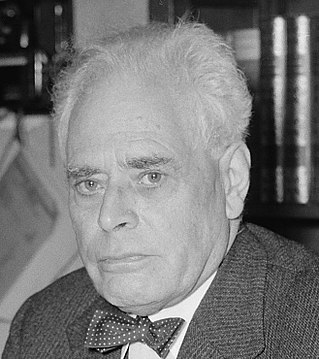
Pieter Jacobus Oud was a Dutch politician of the defunct Free-thinking Democratic League (VDB) party and later co-founder of the Labour Party (PvdA) and the People's Party for Freedom and Democracy (VVD) and historian. He was granted the honorary title of Minister of State on 9 November 1963.

The National Socialist Dutch Workers Party was a minor Dutch Nazi party founded in 1931 and led by Ernst Herman van Rappard. Seeking to copy the fascism of others, notably Adolf Hitler, the group failed to achieve success and was accused by rivals such as the National Socialist Movement in the Netherlands (NSB) and the General Dutch Fascist League of being too moderate for a fascist movement.
The Alliance for National Reconstruction was a conservative-nationalist political party in the Netherlands. The VNH played only a marginal role in the Dutch parliament.
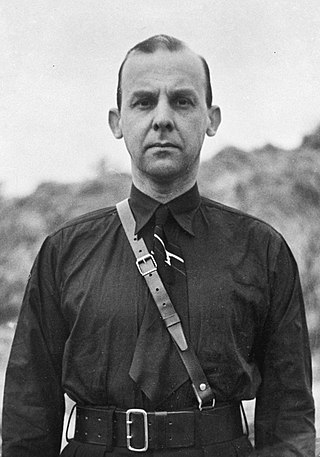
Meinoud Marinus Rost van Tonningen was a Dutch politician of the National Socialist Movement (NSB). During the German occupation of the Netherlands in World War II, he collaborated extensively with the German occupation forces. He was the husband of Florentine Rost van Tonningen.

The Reichskommissariat Niederlande was the civilian occupation regime set up by Germany in the German-occupied Netherlands during World War II. Its full title was the Reich Commissariat for the Occupied Dutch Territories. The administration was headed by Arthur Seyss-Inquart, formerly the last chancellor of Austria before initiating its annexation by Germany.

Ernst Herman Ridder van Rappard was a Dutch Nazi and anti-Semite. After leading his own failed Nazi movement van Rappard enlisted in the Schutzstaffel and saw active service in the Second World War.
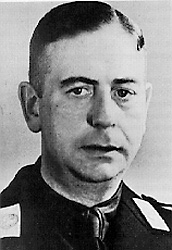
Jonkheer Daniël de Blocq van Scheltinga was a Dutch Nazi politician.
The Stichting Oud Politieke Delinquenten was a Dutch right-wing organization founded by and for formerly jailed and convicted war criminals, who had collaborated with the German occupiers during World War II. The SOPD was the first and the largest of the collaborationist organizations in the country, "numbering perhaps a hundred former internees."
Jan Aksel Wolthuis, a lawyer by training, was a Dutch Nazi who collaborated with the German occupiers during World War II and after the war was active in far-right politics.

Paul van Tienen was a Dutch Nazi during World War II and a far-right politician after the war, convicted at least twice for his political activities.
Jan Hartman (1887–1969) was a Dutch fascist and collaborator during World War II. After the war, he was active in far-right politics, and was one of the two founders of the Stichting Oud Politieke Delinquenten, a right-wing organization founded by and for formerly jailed and convicted war criminals and collaborators.

The Weerbaarheidsafdeling was the paramilitary arm of the National Socialist Movement in the Netherlands (NSB), the fascist political party that collaborated with the German occupiers of the Netherlands during World War II. The organization, roughly equivalent to the German SA, was founded in 1932 by Anton Mussert, co-founder of the NSB in 1931 and its leader until the end of the war. Members wore and marched in black uniforms and were thus called "blackshirts". In 1933 the Dutch government banned the wearing of uniforms, and the WA was disbanded in 1935 in order to forestall the Dutch government's banning it. In 1940, after the German invasion, the WA became openly active again, and more ruthless than before. They specialized in violent attacks, particularly on the Dutch Jewish population.
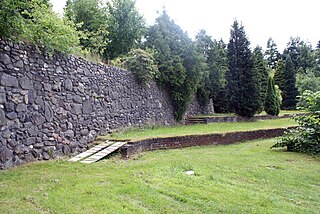
The Muur van Mussert is all that remains of a rally ground with buildings and monuments planned by Anton Mussert and his National Socialist Movement in the Netherlands (NSB) to house party meetings and hold national events to celebrate national-socialist thought in the Netherlands. The wall was built in 1938, on a plot of land the NSB had acquired near Lunteren in Gelderland, in the center of the country, and was inspired by the Nazi party rally grounds in Nuremberg.

Adriaan Nicolaas Johan van Hees was a Dutch actor and member of the National Socialist Movement in the Netherlands (NSB). Van Hees was trained in Amsterdam and Germany, and spent a few years in theater and film. He quit professional acting to join the NSB, giving speeches and overseeing the organization's theater division, arguing that the change he thought necessary in Dutch drama had to come from political revolution. He became depressed and suicidal when he discovered he was part Jewish; still, he tried to join the SS but was denied. After the war, he was banned from the stage for ten years, and sentenced to five years in prison.
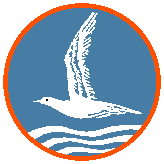
The Nationale Jeugdstorm was a Dutch youth movement associated with the National Socialist Movement in the Netherlands (NSB) that existed from 1934 to 1945, organized as the Dutch equivalent of the German Hitlerjugend and as a Nazi counterpart of Scouting and Guiding in the Netherlands.
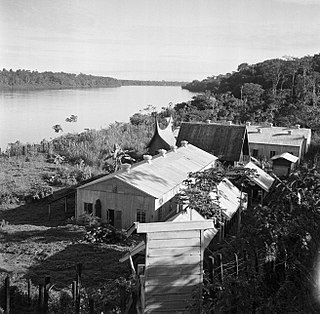
Jodensavanne was a Dutch internment camp for political prisoners from the Dutch East Indies operated in Surinam during World War II. The camp was named after a nearby, long-abandoned Jewish colony, Jodensavanne.
References
- Donselaar, Jaap van (1993). "Post-war fascism in the Netherlands". Crime, Law and Social Change. 19 (1): 87–100. doi:10.1007/BF01307758. S2CID 144444640.